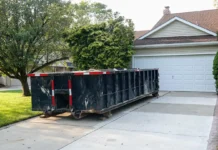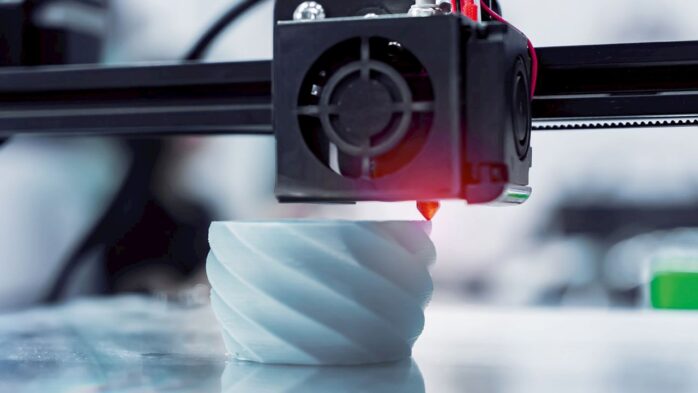
The advantages of additive manufacturing (AM) in creating complex geometries and reducing product lead time are well documented. Relevant studies estimate the global value addition of AM at $667 million. Similarly, the efficiency of additive-based manufacturing is seen as one of the benefits of rapid prototyping. However, without data-driven approaches to cost estimation, AM may come with hidden costs.
Current concerns about the hidden costs of additive manufacturing are experienced as part of the total cost of ownership (TCO). Key production areas affected by such costs include reliability, flexibility, and quality of the product. These costs begin to be incurred directly or indirectly during rapid prototyping through to the manufacturing, supply chain, and operation.
Here we highlight some of the hidden costs that manufacturers should be aware of when using additive manufacturing. Despite these costs, it is important to note that AM is still more cost-effective than conventional methods from monetary and resource consumption perspectives.
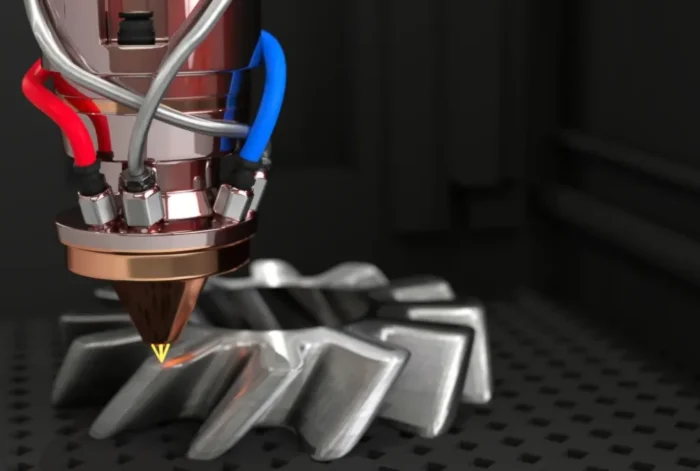
Material Costs
The effective use of build volume in AM is linked to material costs. AM works selectively better with polymers than metallic materials, a difference that increases the durability and maintenance cost of the machine prototypes and parts. High nesting-density materials are cost-effective, while low nesting density may increase the material cost per part.
Further, attempts to include another material in the production process require additional refining processes. For example, adding aluminum into a 3D printer predominantly designed for a different material is likely to require further refining with a different machine before incorporation. Similar costs are necessary to convert materials such as PVC to a 3D printable form. In 3D printing, for instance, the feedstock is specifically formulated for certain materials, making it costly to change the input material during and after rapid prototyping services.
Additionally, exposure to high-energy sources through selective laser sintering (SLS) and selective laser melting (SLM) may induce rapid material aging especially for polymers. Polymer degradation has been linked with changes in machine part structures, low performance and reduced lifespan. Establishing robust quality control measures is commendable for identifying and managing these material-based hidden costs.
Cost of Upscaling AM Rapid Prototyping Services
Using AM manufacturing necessitates the use of high-fidelity prototypes to demonstrate potential aesthetics, performance and reliability of the product. Enormous costs may be incurred at the rapid prototyping stage to achieve a high–fidelity prototype. Hidden input costs related to materials and time are accumulated as part of the TCO.
For instance, to achieve a high-fidelity prototype, metals, polymers or a combination of both may be used in the prototyping services, causing early-stage inflation of material costs.
Similarly, working with low-fidelity prototypes in AM is as costly due to the need to make a sophisticated product from a low-performance prototype made of different materials. Current AM is limited to manufacturing parts rather than an entire machine.
In turn achieving balanced functional properties such as density may require additional input and costs. Further, unlike subtractive manufacturing where prototype design flaws can be modified, errors in AM prototype or product require a fresh start and thus costlier.
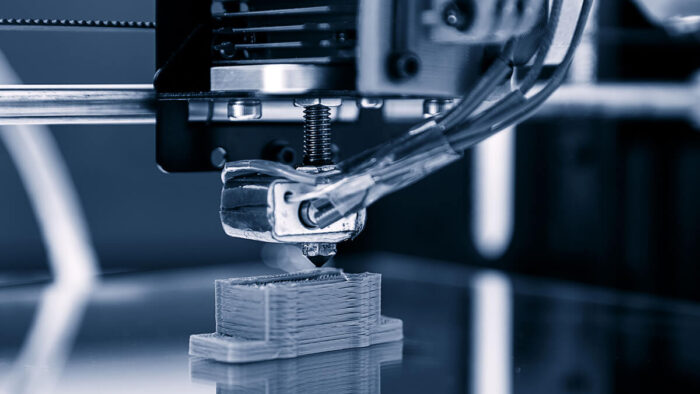
Minimize the Need for Support Structures
Supports structures serve as stands used to balance and maintain the shape of the product during AM. By taking the form and shape of the potential product of AM, support materials may significantly inflate manufacturing costs. Assembling and removal of support structures consume additional material, time and monetary resources.
While the use of solvable structures can reduce material wastage, more elaborate processes are required to purify and formulate them back for use. Strategies for minimizing support structures and minimizing the associated costs include the orientation of parts to ensure optimal use during rapid prototyping and product manufacturing and recycling.
AM Waste Management Costs
Without nesting optimization and design consolidation, AM material and space waste tends to increase. AM techniques may incur costs related to the management and recycling of excess materials and failed prototypes.
After the completion of rapid prototype manufacturing, for instance, leftovers of materials can be prepared for consequent 3D printing through elaborate recycling steps, reused with special printers, or discarded as waste. Whether they are recycled for reuse or discarded as waste, they represent additional and invisible costs to the manufacturer.
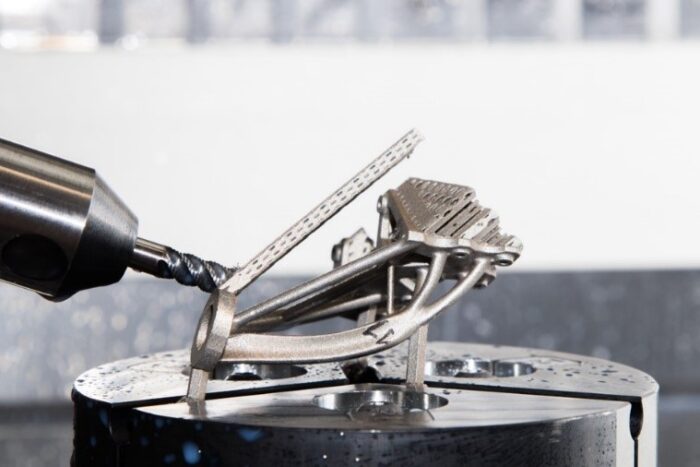
Post AM Processing Cost
Processing AM products after completion require elaborate processes and techniques for a user-ready experience. The manufacturer is likely to incur costs related to removing support without damaging the product, washing to remove powder and other impurities on the product, and painting. Other processes that may require additional machining include smoothing, polishing, and curing the product.
Combined, processing AM-generated products is elaborate and time-consuming and may incur additional resource and labor costs.
Further, current AM technologies tend to be centralized due to the scarce and delicate nature of methods such as 3D printing. There are hidden costs in shipping manufactured parts from the production plant to the place of assembly or use, which come from direct shipment costs, customs clearances, and time.
On the other hand, opting to decentralize production also comes with the cost of setting up AM plants in multiple locations such as machinery purchase and labor.
The Cost of Initial Investment
The initial investment in some AM techniques is costly and spread through the total ownership cost of their products. The acquisition of tooling and operation equipment for injection molding, for instance, requires a higher initial investment.
However, as the operation of these machines continues, the cost of production per unit increases. In another AM technique, 3D printing costs increase with increasing production volumes. Here, higher volumes attract increased costs due to higher investments.
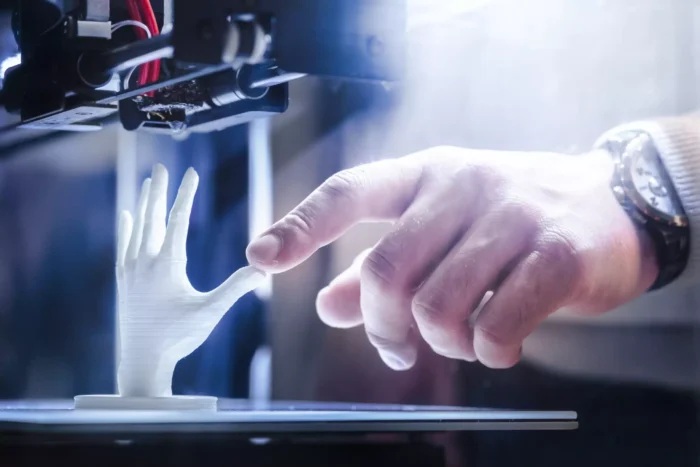
Conclusion
In conclusion, the benefits of additive manufacturing are limited by hidden costs incurred during and after the production cycle. Earlier costs are incurred in the initial investments made in purchasing AM technology and selecting prototyping needs. Later-stage costs are hidden in the choice of materials, the necessity of support structures, and waste materials management.
Additionally, the manufacturer or the user may have to incur costs associated with product refinement and shipment. In other cases, where AM is the preferred material choice, the user may incur additional maintenance and operational costs. Both manufacturers and users recommend the optimization of resources at every stage of the AM process.

